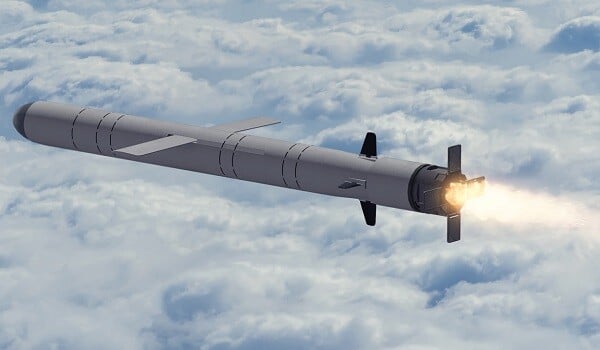Starting today, the European Union (EU) has launched the implementation of a new automated electronic border system called the Entry/Exit System (EES) for citizens of non-EU countries.
Axar.az reports that this system will electronically record the data of such individuals when they cross the external borders of 29 European countries. The EES will fully register a person’s name, travel document information, biometric data (fingerprints and facial image), as well as the date and place of entry and exit. For subsequent trips, facial recognition will be sufficient.
The EES will also record information about cases of entry refusal. It will be gradually implemented across 29 European countries over the next six months, during which border authorities will progressively enter non-EU citizens’ data into the system. Starting from April 10 next year, the EES will completely replace the manual passport stamping system. The new system will enable the automatic detection of individuals who overstay their permitted period in the country.
This system will also allow for broader use of automated border control and self-service terminals, ensuring faster and more convenient border crossings for passengers. The EU’s goal is to prevent illegal migration and enhance the safety of people living in and traveling across Europe. At the same time, the system will simplify travel procedures for non-EU citizens and more effectively detect cases of overstaying and the use of forged documents.











































